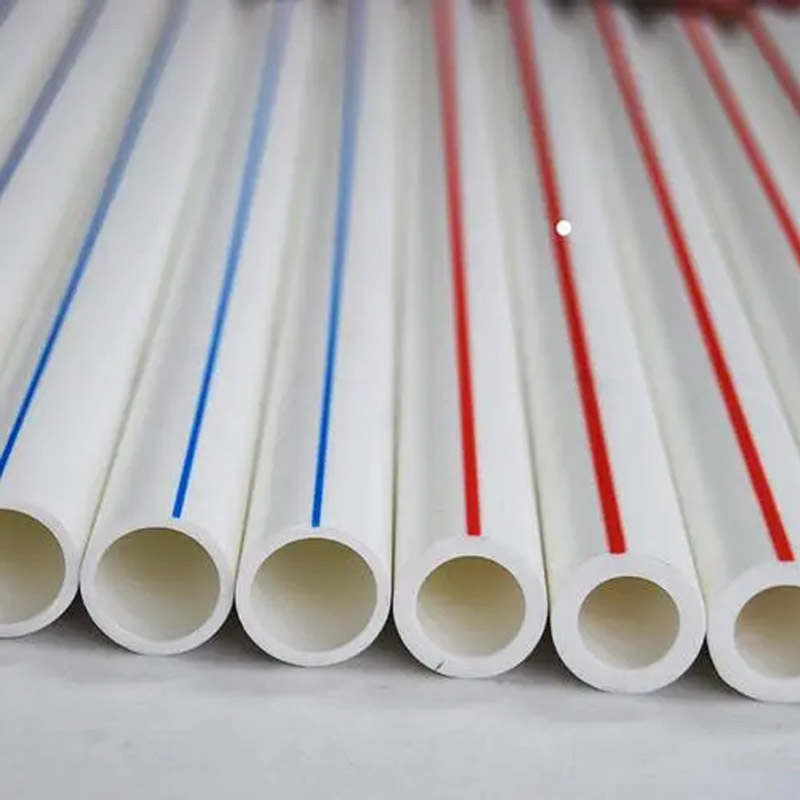Dec . 03, 2024 14:48 Back to list
Connecting HDPE Pipes to PVC Pipes in China A Comprehensive Guide
Connecting HDPE Pipes to PVC Pipes A Comprehensive Guide
The utility of high-density polyethylene (HDPE) pipes and polyvinyl chloride (PVC) pipes in various applications cannot be overstated. Both materials have found extensive use in water supply, irrigation, drainage systems, and various industrial applications due to their durability, corrosion resistance, and light weight. However, there often comes a time when engineers and contractors face the challenge of connecting these two different piping materials. Understanding how to effectively make this connection is critical to maintaining the integrity and efficiency of the piping system.
Why Connect HDPE to PVC?
HDPE is celebrated for its flexibility and high-impact resistance, making it suitable for applications that require movement or have fluctuating environmental conditions. In contrast, PVC is known for its rigid structure and chemical resistance, making it ideal for pressure applications and chemical transport. The ability to connect these two materials allows for the combination of their strengths and can often result in a more efficient and cost-effective piping system.
Methods of Connection
1. Mechanical Fittings The most common method for connecting HDPE and PVC pipes is through the use of mechanical fittings. These fittings typically come in various forms, including compression fittings, flange adapters, or transition fittings specifically designed for connecting dissimilar materials.
- Compression Fittings These fittings work by compressing a rubber gasket onto the pipe as the nut is tightened. They are simple to install and can provide a reliable seal without the need for specialized tools. - Flange Adapters Flange systems are often employed for larger diameter pipes. By welding a flange to the end of an HDPE pipe and using a corresponding PVC flange, a solid and durable connection can be made.
china hdpe pipe to pvc pipe connection

2. Transition Couplings Transition couplings are another effective solution for connecting HDPE and PVC pipes. These couplings are pre-manufactured to accommodate both materials, providing a seamless transition. Transition couplings often include gaskets that provide a leak-proof seal, ensuring the system remains intact under pressure and varying temperatures.
3. Heat Fusion In some cases, heat fusion can be used for connecting HDPE pipes. Though this method is not commonly used for joining HDPE to PVC, some specialized fittings allow for this technique. It involves heating the ends of the pipes and then pressing them together to form a single piece, which can sometimes provide a more robust connection. However, caution must be exercised, as this method may not be suitable for all PVC formulations.
4. Adhesive Bonding Although not as common, some manufacturers offer adhesives specifically formulated for use with PVC and HDPE. These adhesives can bond the surfaces of both materials together. However, caution is advised, as the performance of adhesive bonds can be affected by external factors like temperature and pressure.
Considerations for a Successful Connection
- Pipe Size and Pressure Ratings It is essential to ensure that the mechanical fittings or transition couplings selected match the sizes and pressure ratings of the existing piping systems. - Temperature Resistance Both HDPE and PVC have different thermal expansion properties. Thus, temperature variations can affect the integrity of the connection. Ensure that the chosen method can handle the temperature range of the application. - Local Building Codes Before making any connections, confirm local regulations and building codes. Some jurisdictions may have specific requirements for joining different materials, particularly for potable water applications.
Conclusion
Connecting HDPE pipes to PVC pipes is a practical and necessary task in many piping systems. By understanding the various methods available and considering the specific requirements of each project, contractors can ensure efficient, reliable, and long-lasting connections. Whether using mechanical fittings, transition couplings, or adhesives, attention to detail during the connection process will greatly impact the performance and longevity of the entire piping system.
-
High-Quality PVC Borehole Pipes Durable & Versatile Pipe Solutions
NewsJul.08,2025
-
High-Quality PVC Perforated Pipes for Efficient Drainage Leading Manufacturers & Factories
NewsJul.08,2025
-
High-Quality PVC Borehole Pipes Durable Pipe Solutions by Leading Manufacturer
NewsJul.08,2025
-
High-Quality PVC Borehole Pipes Reliable PVC Pipe Manufacturer Solutions
NewsJul.07,2025
-
High-Quality UPVC Drain Pipes Durable HDPE & Drain Pipe Solutions
NewsJul.07,2025
-
High-Quality Conduit Pipes & HDPE Conduit Fittings Manufacturer Reliable Factory Supply
NewsJul.06,2025

